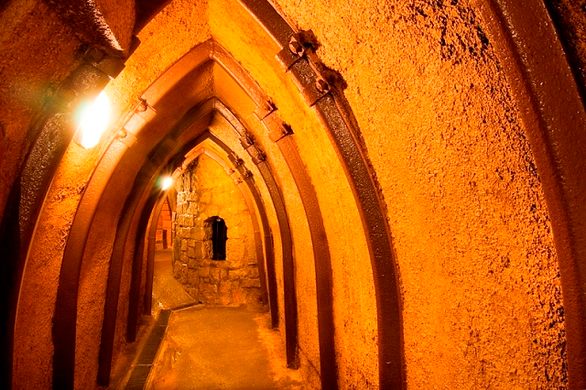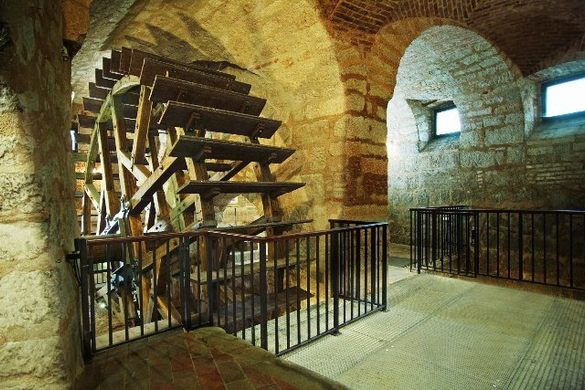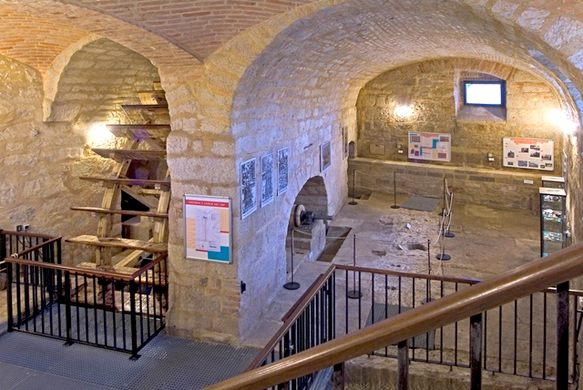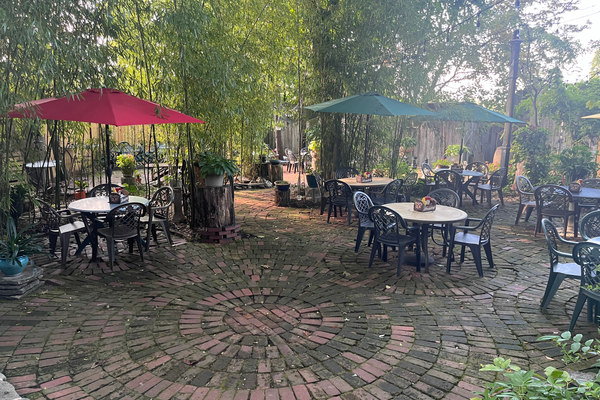Pilsen Historical Underground
Underneath the city that invented pilsners are a series of historic tunnels that have been storing beer for centuries.
Originally dug between the 13th and 19th centuries, the Pilsen Historical Underground consists of one of the longest network of tunnels in Central Europe, which were originally created for storage and to transport water and sewage, but are now just another feature of the city’s rich beer brewing history.
The city of Pilsen in Czechia is best known for being the birthplace of the now world famous “pilsner” variety of beer, but its industrial history is very nearly as important. As early as the 13th century the populace of Pilsen began creating cellars two and three stories deep beneath their homes, many of them connected by a series of tunnels. These were mostly used for food and supply storage initially, including a large amount of beer thanks to the Pilsen’s long history of brewing. But as the system of tunnels grew, they began to be used for waste, disposal and also water storage and transport. By the end of the tunnels’ construction, the city had over 12 miles of underground passage ways and one of the most advanced sewer systems in Czechia at the time.
The tunnels eventually fell into disuse and became of more archeological interest as researchers were able to unearth artifacts from the middle ages buried in the refuse once used to fill dry wells. Today visitors are able to explore a good length of the tunnels, which in portions have been remade to resemble what they must have looked like during their heyday. Notably, there is a replica water wheel and an exhibit on medieval book binding.
The Atlas Obscura Podcast is Back!

















Follow us on Twitter to get the latest on the world's hidden wonders.
Like us on Facebook to get the latest on the world's hidden wonders.
Follow us on Twitter Like us on Facebook